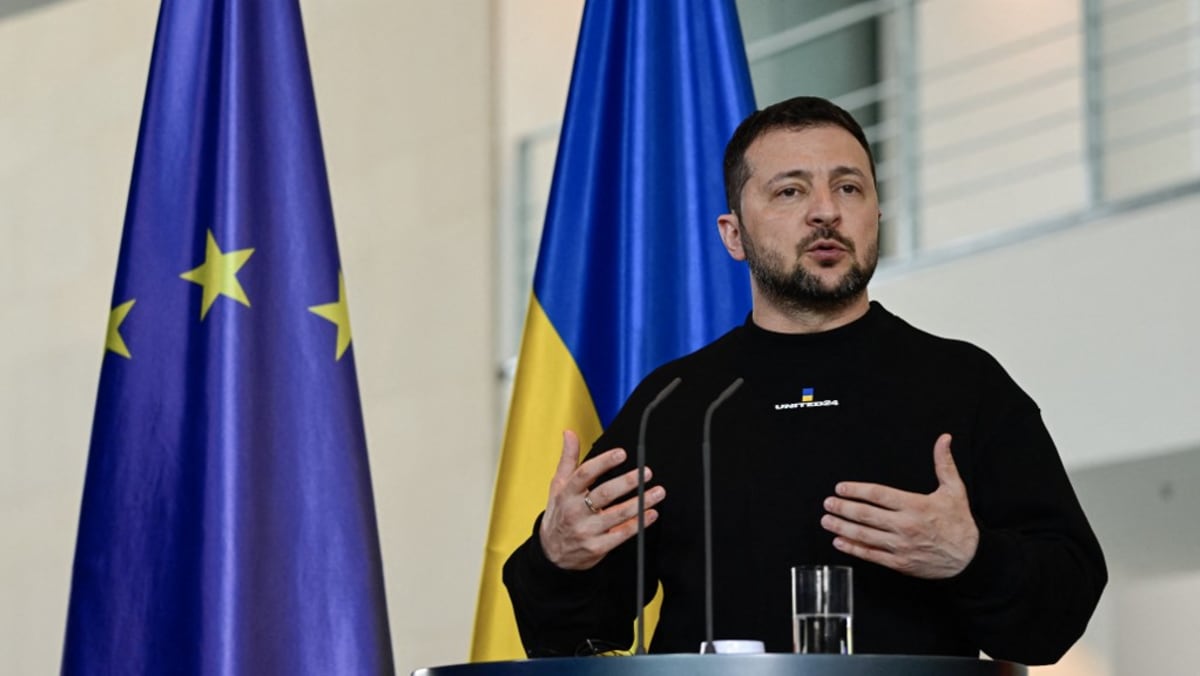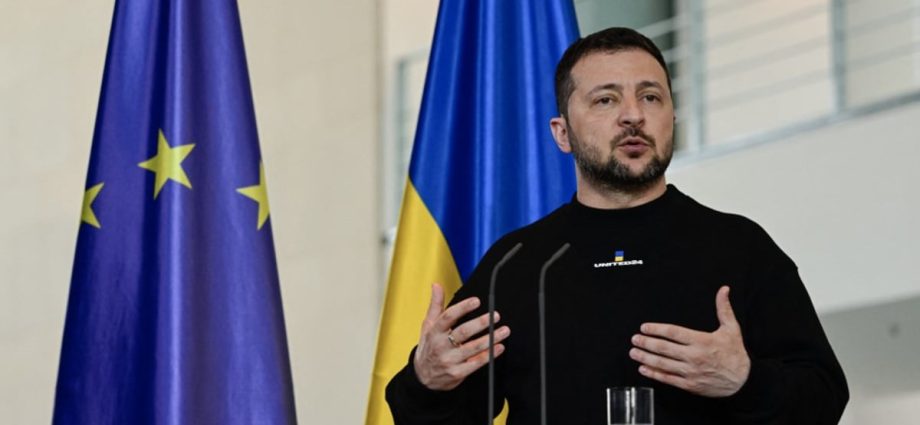
HIROSHIMA: Ukrainian President Volodymyr Zelenskyy will travel to Hiroshima to attend the Group of Seven (G7) summit on Sunday, Japan’s foreign ministry announced on Saturday (May 20).
He will also hold a bilateral meeting with Japanese Prime Minister Fumio Kishida during his stay.
Zelenskyy is expected to arrive in Hiroshima, the site of the world’s first atomic attack in western Japan, later on Saturday.
He was originally scheduled to join a G7 session online on Friday, but that plan changed after Zelenskyy expressed a “strong wish” to participate in person, the Japanese Foreign Ministry said in a statement.
The previously unannounced visit was revealed by officials Friday – a rare long-haul foray for the war-time president and an opportunity to huddle with leaders of seven wealthy democracies that bankroll his country’s defence.
Those leaders also provided Kyiv with key breakthroughs, as they agreed new sanctions against Russia and US President Joe Biden said Washington will support providing advanced warplanes, including F-16 fighter jets, to Ukraine.
Zelensky hailed the move as “historic”, adding that he looked forward to “discussing the practical implementation”.
His Japanese visit comes at a pivotal time in the 15-month-old conflict, as Ukranian troops push back against Russian gains and ready a long-awaited spring offensive.
US President Joe Biden “looks forward” to meeting Zelenskyy in Hiroshima, the White House said Saturday, confirming the pair would meet on the sidelines of the G7 summit.
“It’s a safe bet that President Biden will meet him,” National Security Advisor Jake Sullivan said, without offering details on when the talks would happen.
“The president looks forward to the opportunity to be able to sit down face-to-face.”
Sullivan noted that Biden had endorsed training the Ukrainian military to fly F-16 fighter jets and other aircraft, adding that weapons assistance to Ukraine was changing as the conflict changed.
“As the training unfolds in the coming months, we will work with our allies to determine when planes will be delivered, who will be delivering them, and how many,” Sullivan said.

